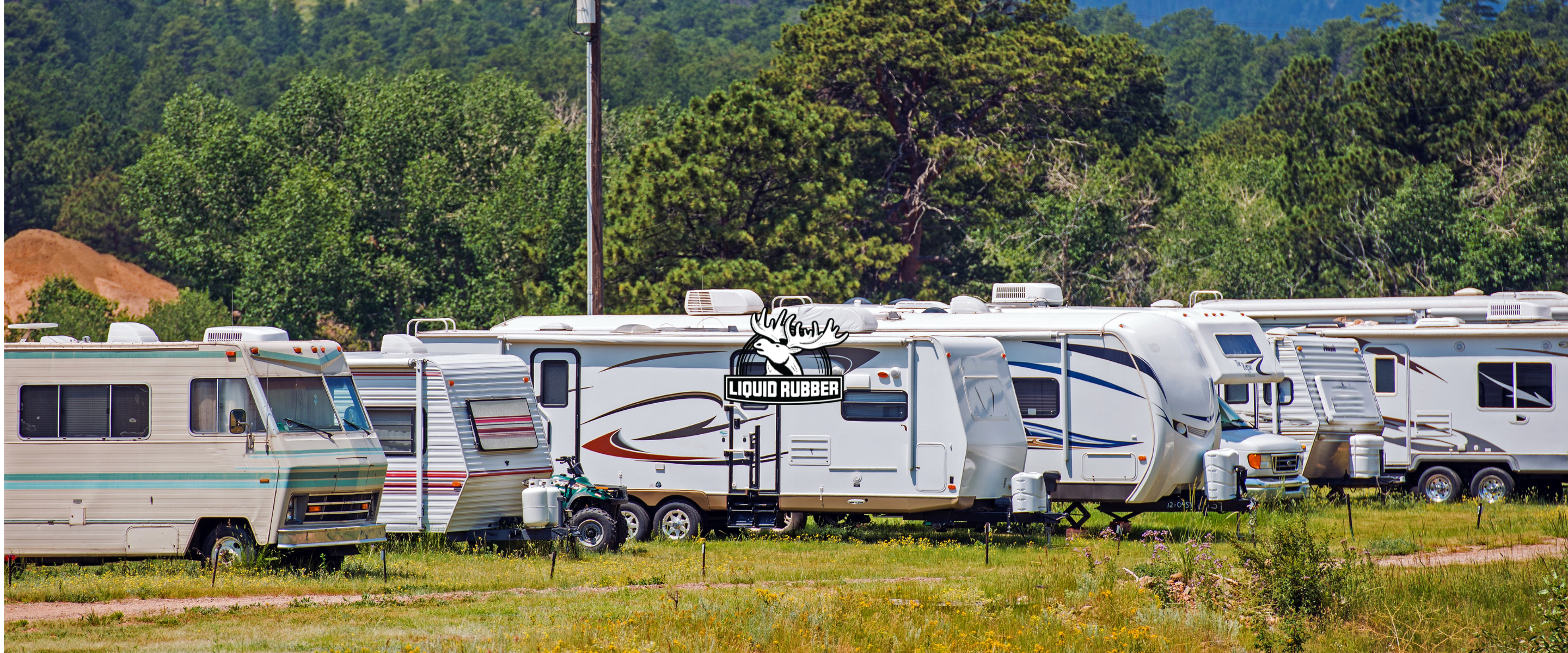In the past, using wood was not an option, and your ability to create intricate designs was unattainable. Liquid Rubber Canada provides a flexible and easy to use product. In this case, you're only limited by your imagination. If built correctly, wood aquariums can easily outlast acrylic and glass aquariums.
The materials listed below is for the construction of a 300-gallon plywood tank.
Plywood Dimensions
Height 24” Width = 30” Length= 96” Glass thickness= 3/4”
If you desire to make a bigger or smaller aquarium, not a problem. The most important aspect that needs to be determined is the thickness of the glass. Below is a diagram provided by The Spruce, explaining the thickness of glass required for different sized aquariums.

-500 x 2-Inch Drywall Screws OR Self Tapping Wood Screws
Note: You can never have too many screws for this project
-If you decide to use the drywall screws, a small drill bit and drill will be required to pre-drill holes so the wood does not split when inserting screws.
-Wood Glue
-Putty
-Liquid Rubber Canada Geo-Textile works great to bridge the gaps, seams and joints of the tank (alternative products are fiberglass cloth strips used to reinforce waterproofing on the interior edges of the tank)
-Glass cleaner
-6 sheets of 120 grit sandpaper (a sander is optional)
-2 sheets of 220 grit sandpaper (a sander is optional)
-2 packs of paper towels
-2 x 4 Irwin clamps (used to hold pieces together for easier assembly)
-Liquid Rubber Multi-purpose Primer
-Liquid Rubber Sealant & Adhesive Caulk
-Liquid Rubber NeoPond Sealant

Assembling the Tank
Note: It is recommended that you build your tank upside down to start. This will make gluing the bottom piece an easy task.
-If you choose to take your wood to a carpenter or cut the plywood yourself, make sure each piece matches the proper dimensions. One piece will need to be cut into a viewing panel which the glass will be placed onto.
Note: If you decide to cut the wood yourself, remember this rule:
Measure twice cut once. Save money by avoiding buying another piece of wood from a mistake.
-Sand down the edges to make sure there smooth
-If there are any knots that have naturally occurred in the plywood or screw holes from assembly, you can use water based wood filler to fill them in.
-Label each panel bottom, top, side etc. so you know which piece goes where.
-When assembling the pieces, carpenter glue is a must!
Note: If you use to much glue, not to worry you can easily sand down the excess glue.
-Use wood clamps to hold each piece together as the glue adheres.
-Self tapping wood screws will allow you to avoid drilling pilot holes into your frame. This type of screw does cost more money but they can be drilled directly into the frame without cracking the wood.
-Place each screw roughly 2 inches apart.
Note: The application of the glue and the screws will be done in the same manner for the entire project.
-Let the tank sit for a full 24 hours before applying Liquid Rubber NeoPond Sealant and Geo Textile. These products will allow you to achieve optimal waterproof protection.
The video below provides a detailed visual on how to assemble a plywood tank courtesy of the DIY King.
Waterproofing your Aquarium
Below is a video that describes how to apply the Liquid Rubber Canada Geo-Textile using the three-course method to the edges of a wooden box.This application below is similar to the process you will be completing for your fish tank.
The NeoPond Sealant is an excellent choice to waterproof an aquarium. It has 100% waterproofing ability and excellent adhesion to give a completely seamless membrane. It is a non-toxic, odorless, water-based coating that contains no solvents or VOC’s making it ideal for aquariums.
Your goal should be to achieve a final coverage of 40 sq. ft per gallon.
 Water Test
Water Test

Note: You should repeat this process if needed to ensure the tank is clean and free of any surfactants.
There are many possibilities in creating your next aquarium, have fun and we'd love to see how your project turns out.









